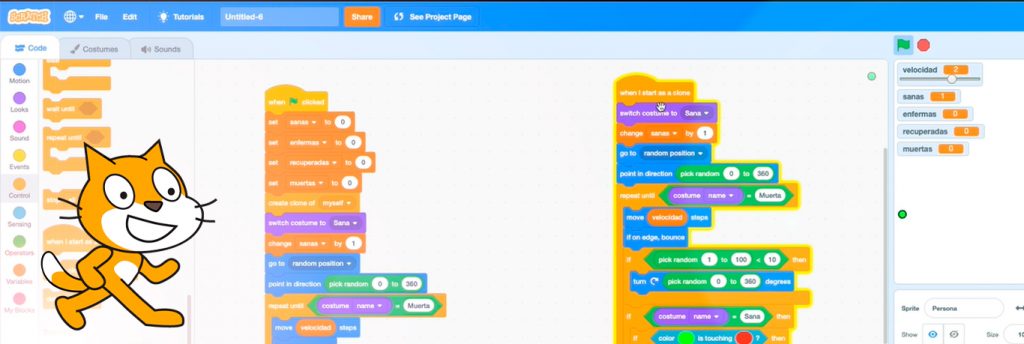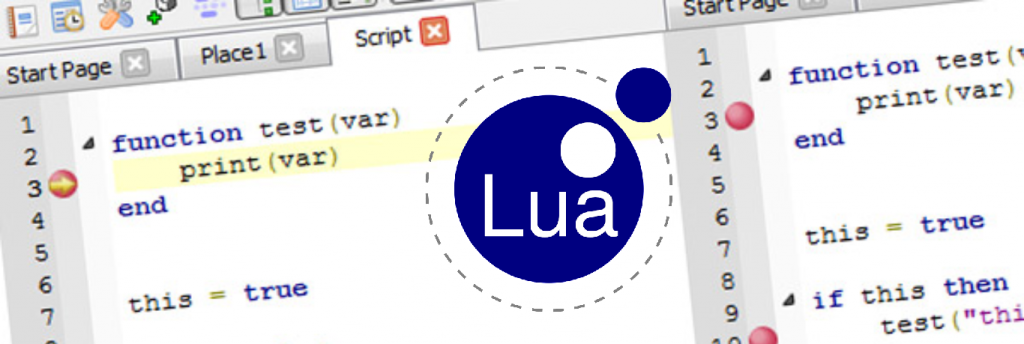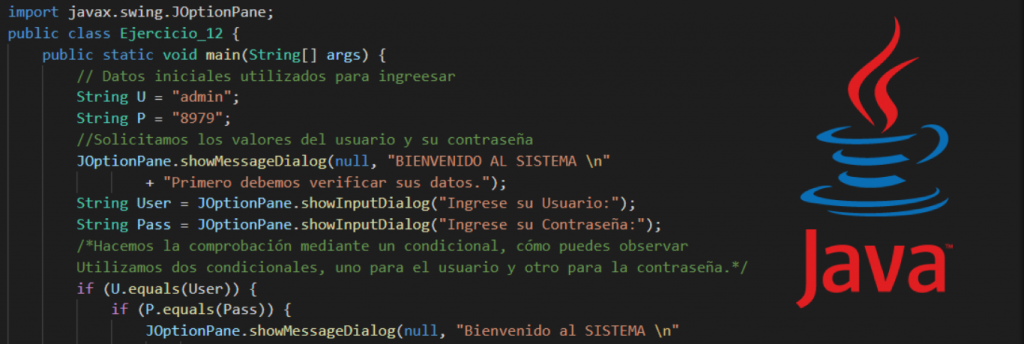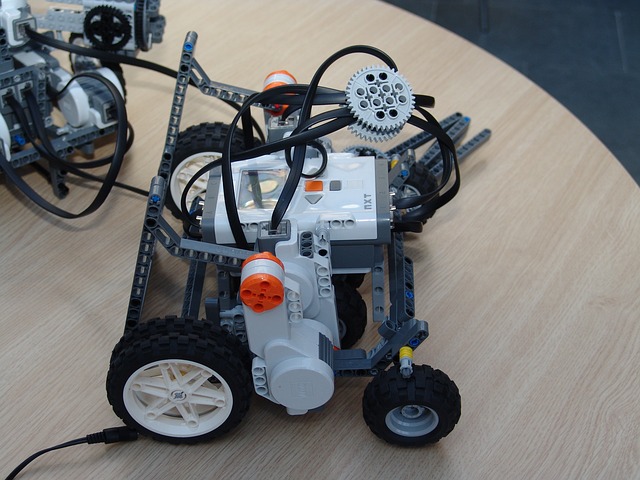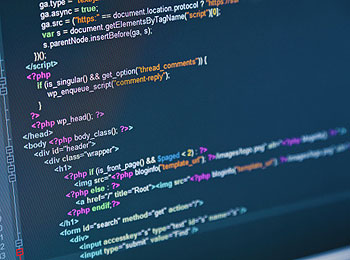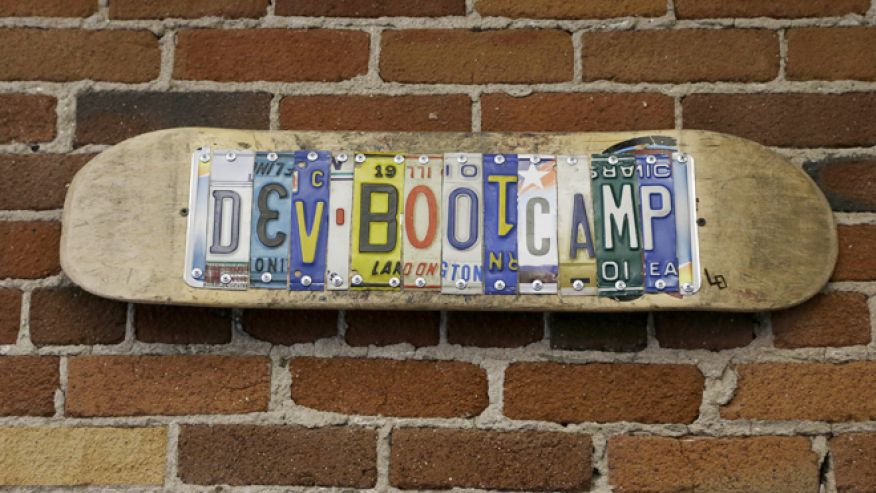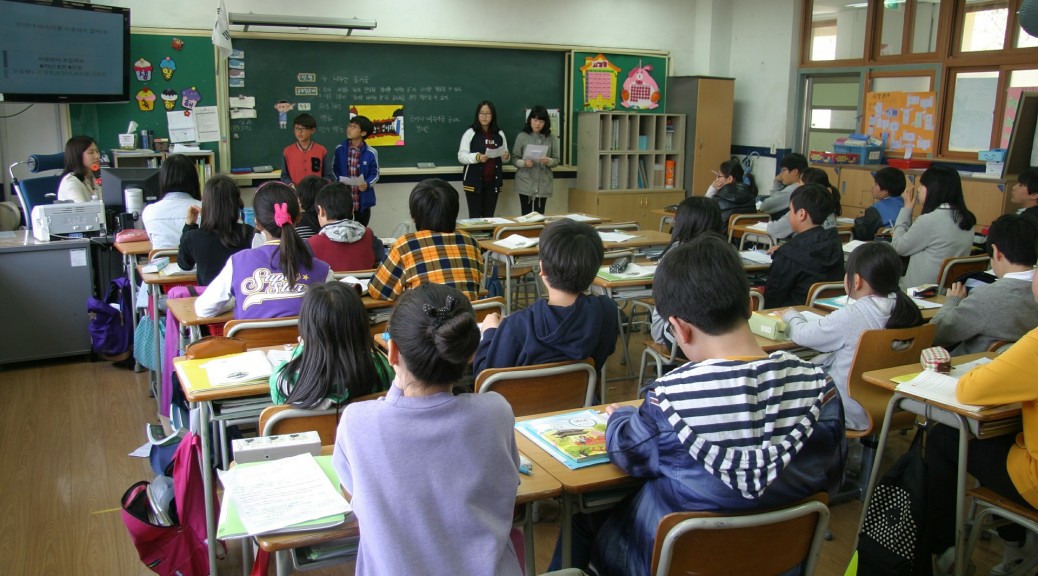In today’s rapidly evolving world, traditional education is no longer enough. We’re preparing students not just for their future jobs, but for jobs that don’t even exist yet. To navigate this uncertain terrain successfully, students need more than just rote memorization and textbook knowledge. They need to be critical thinkers, problem solvers, and creative innovators. In this blog post, we explore the importance of teaching critical thinking skills and share strategies to foster these essential skills in the 21st-century classroom.
Why Critical Thinking Matters
Critical thinking is not just a buzzword; it’s a fundamental skill that empowers students to analyze, evaluate, and solve problems effectively. In a world inundated with information, the ability to discern fact from fiction, think logically, and make informed decisions is indispensable. Critical thinkers are not just passive consumers of information but active participants in the learning process.
The Three Pillars of 21st-Century Education
- Critical Thinking: This is the ability to analyze information objectively, evaluate arguments, and make well-informed decisions. Critical thinkers are curious, open-minded, and willing to consider alternative viewpoints.
- Problem-Solving: Problem-solving involves identifying, defining, and finding solutions to complex issues. It’s about thinking creatively, using available resources, and persevering through challenges.
- Creativity: Creativity is not confined to the arts; it’s a valuable skill in all aspects of life. Creative thinkers can generate innovative ideas, approach problems from different angles, and adapt to changing circumstances.
Strategies for Teaching Critical Thinking Skills
- Questioning: Encourage students to ask questions. Engage in Socratic questioning to guide them in exploring issues critically.
- Problem-Based Learning: Present real-world problems for students to solve. This hands-on approach forces them to apply their critical thinking skills.
- Collaboration: Group activities foster critical thinking as students share perspectives and solve problems together.
- Debate: Debates encourage students to analyze and defend their viewpoints logically.
- Multidisciplinary Learning: Connect various subjects to show students how critical thinking is relevant across disciplines.
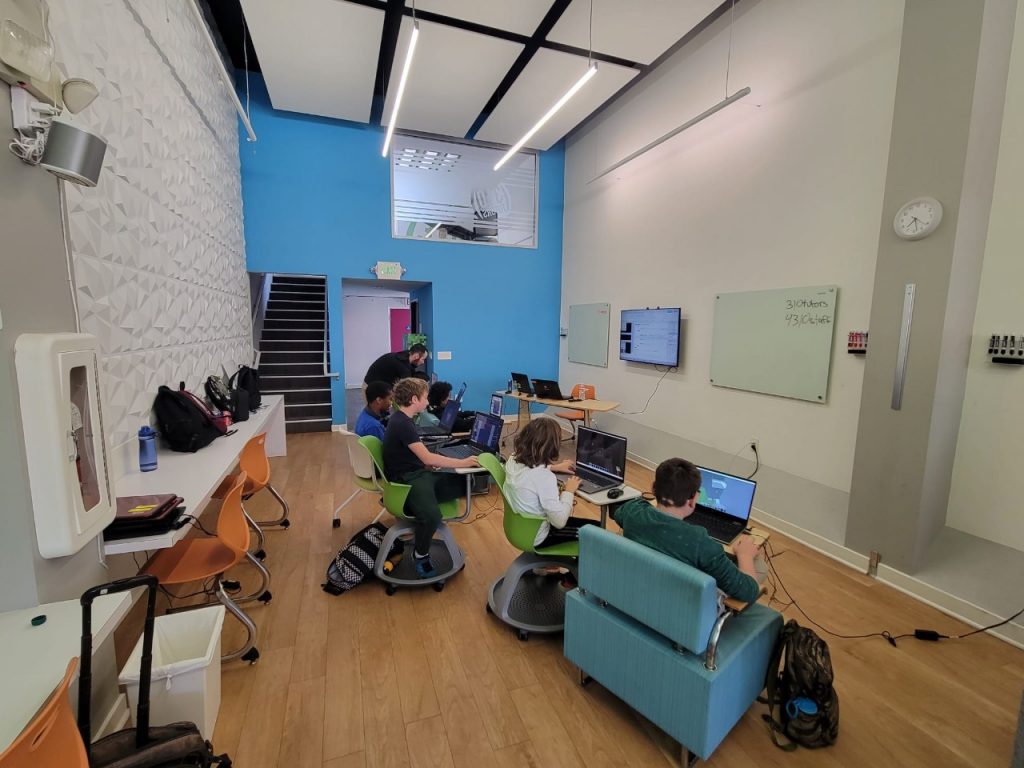
Assessing Critical Thinking Skills
Assessment is key to ensuring students are developing critical thinking skills. Consider using open-ended questions, essays, or presentations to evaluate their ability to think critically. Rubrics and criteria should emphasize not just the final answer but the thought process, analysis, and creativity applied.
The Role of Teachers
Teachers play a pivotal role in nurturing critical thinking skills. They should be facilitators, creating an environment where students are encouraged to think critically. This involves being open to diverse viewpoints, providing opportunities for exploration, and guiding students through the problem-solving process.
Conclusion: Preparing for an Uncertain Future
As we embrace the 21st century, we must acknowledge that the future is uncertain, but one thing is clear: critical thinking, problem-solving, and creativity are non-negotiable skills. They empower students to adapt, innovate, and lead in a world where change is the only constant. As educators, it’s our responsibility to nurture these skills, preparing the next generation to face whatever challenges the future holds.
In the 21st-century classroom, teaching goes beyond facts and figures; it’s about empowering minds to think critically and shape a better world. Are you ready to embark on this exciting journey with your students? Explore the possibilities with CodeREV.
